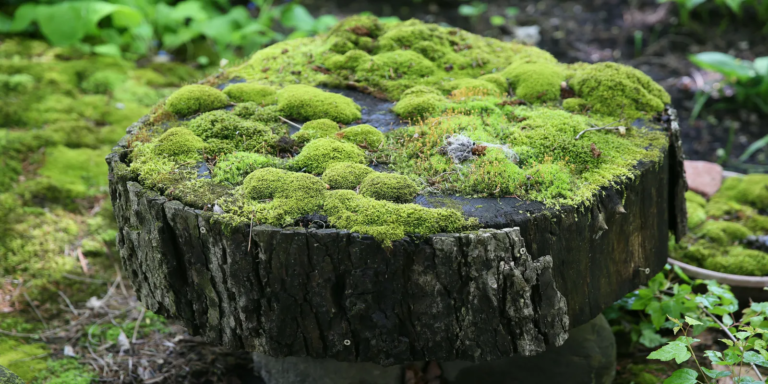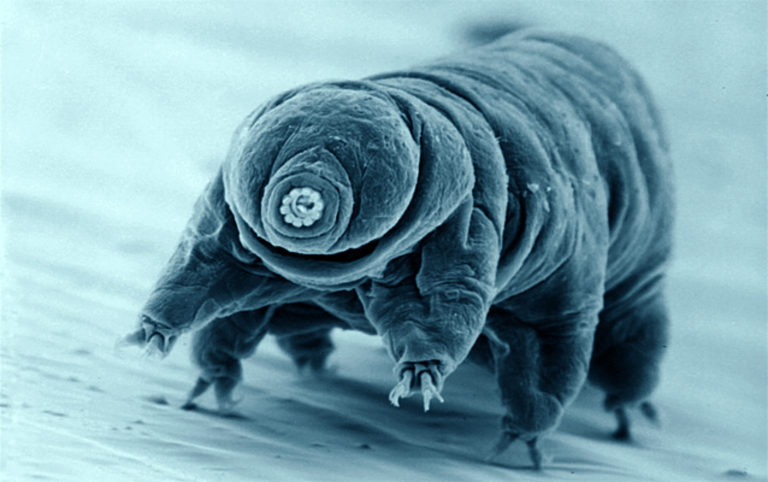Are Tardigrades Immortal?
Tardigrades are one of the most fascinating creatures on Earth. These tiny, water-dwelling creatures, also known as water bears, are known for their remarkable ability to survive extreme conditions. They can withstand temperatures as low as -273°C (-459°F) and as high as 151°C (304°F), survive in the vacuum of space, and even withstand high doses of radiation. In addition to these incredible feats, tardigrades also have another extraordinary ability – they are virtually immortal. In this article, we will explore the science behind why tardigrades are immortal and what makes them the strongest living creatures in the universe.

The Fascinating World of Tardigrades
Tardigrades belong to a phylum of microscopic animals known as Tardigrada, which means “slow walker” in Latin. They are found in a variety of habitats, from freshwater and marine environments to mosses and lichens. Tardigrades have a unique body structure that includes four pairs of legs, each with claws for gripping surfaces, and a segmented body that can retract and expand. They are also covered in a protective cuticle that helps them to withstand extreme environmental conditions.
Cryptobiosis: Tardigrade’s State of Suspended Animation
One of the most fascinating things about tardigrades is their ability to enter a state of suspended animation called cryptobiosis. When the environment becomes too harsh, such as during periods of drought or extreme cold, tardigrades will curl up into a ball and enter this state. In cryptobiosis, all metabolic activity in the tardigrade stops, and it can remain in this state for years, even decades, until conditions improve. When conditions do improve, the tardigrade will rehydrate and resume its normal activities, as if nothing had happened.

The Fascinating World of Tardigrades
The Mystery of Tardigrade Immortality
So, what makes tardigrades immortal? Scientists have been studying this question for years, and while there is still much we don’t know, there are a few theories that have emerged.
One theory is that tardigrades have a unique ability to repair damaged DNA. DNA damage is one of the primary causes of aging, as well as a leading cause of cancer. In humans and other animals, the accumulation of DNA damage over time can lead to cell death and eventually organ failure. However, tardigrades seem to have a unique ability to repair damaged DNA. In one study, scientists exposed tardigrades to high doses of radiation that would have killed most other animals. Remarkably, the tardigrades were able to repair the damage to their DNA and continue living as if nothing had happened.
Another theory is that tardigrades have a unique ability to protect their cells from damage. One of the key mechanisms that cells use to protect themselves from damage is the production of antioxidants. Antioxidants are molecules that can neutralize harmful free radicals, which can cause cellular damage. Tardigrades have been found to produce high levels of antioxidants, which may help to protect their cells from damage caused by environmental stressors.
Tardigrades - The Strongest Living Creatures in the Universe?
In addition to their ability to repair DNA and protect their cells from damage, tardigrades also have a unique ability to regulate their metabolism. Metabolism is the set of chemical processes that occur within cells to maintain life. In humans and other animals, metabolism slows down as we age, which can lead to a decline in overall health. However, in tardigrades, metabolism can slow down to a near-stop during periods of cryptobiosis, which may help to protect their cells from damage and extend their lifespan.
While scientists are still working to unravel the mysteries of tardigrade immortality, one thing is clear – these tiny creatures are incredibly resilient and adaptable. They have evolved a suite of unique strategies for surviving in some of the harshest environments on Earth and beyond. In fact, some scientists believe that tardigrades may be the strongest living creatures in the universe.
